Palm Beach Tree House overhauls a cottage in Sydney’s Northern Beaches into a treetop retreat
Set above the surf, Palm Beach Tree House by Richard Coles Architecture sits in a desirable Northern Beaches suburb, creating a refined home in verdant surroundings
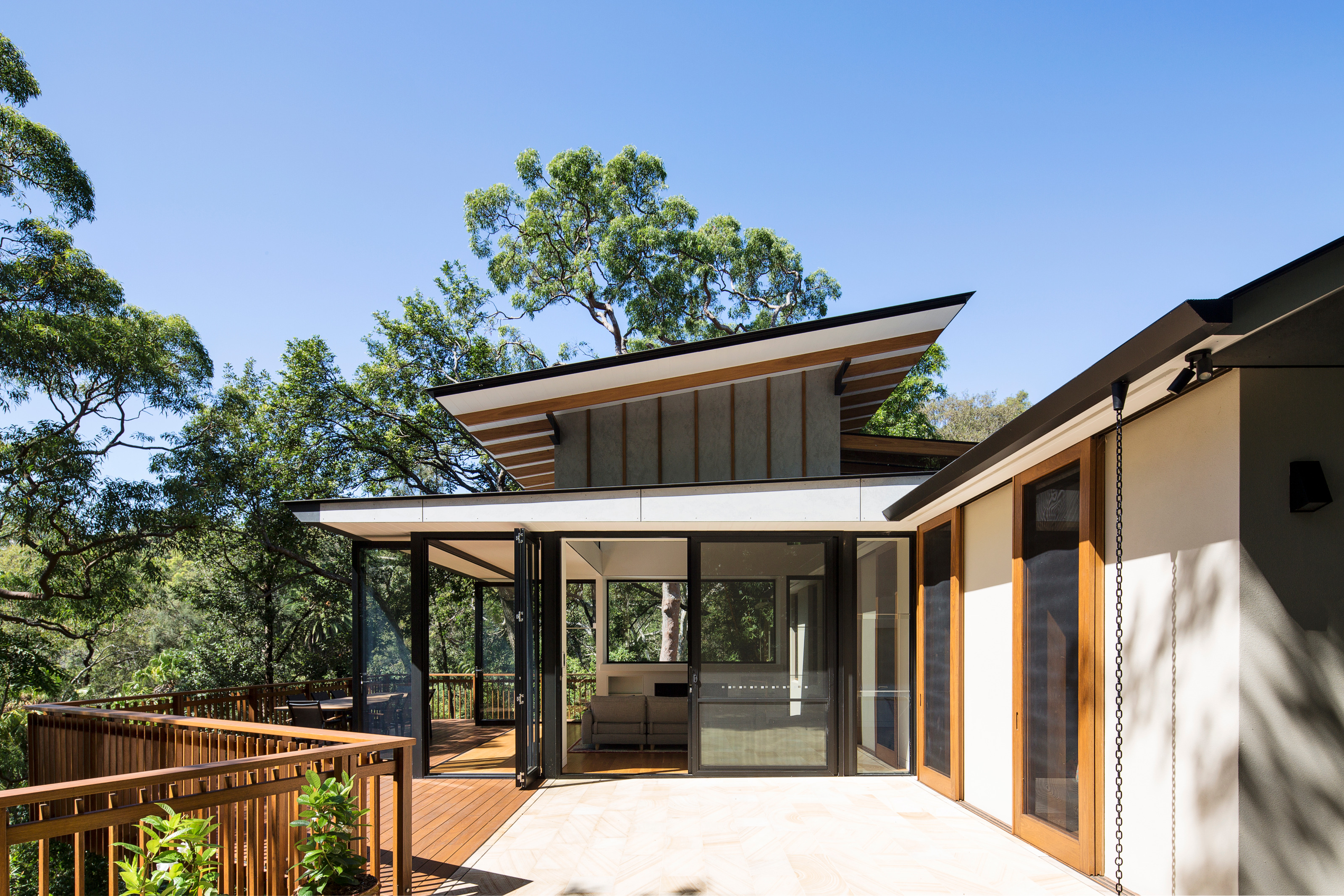
The Northern Beaches – the home of Palm Beach Tree House – is a strip of land just north of the City of Sydney, fronting the South Pacific. With steep sandstone slopes running down to sandy beaches, the districts that make up the Northern Beaches are a popular place to live in seaside suburbia, fringed by old-growth forests.
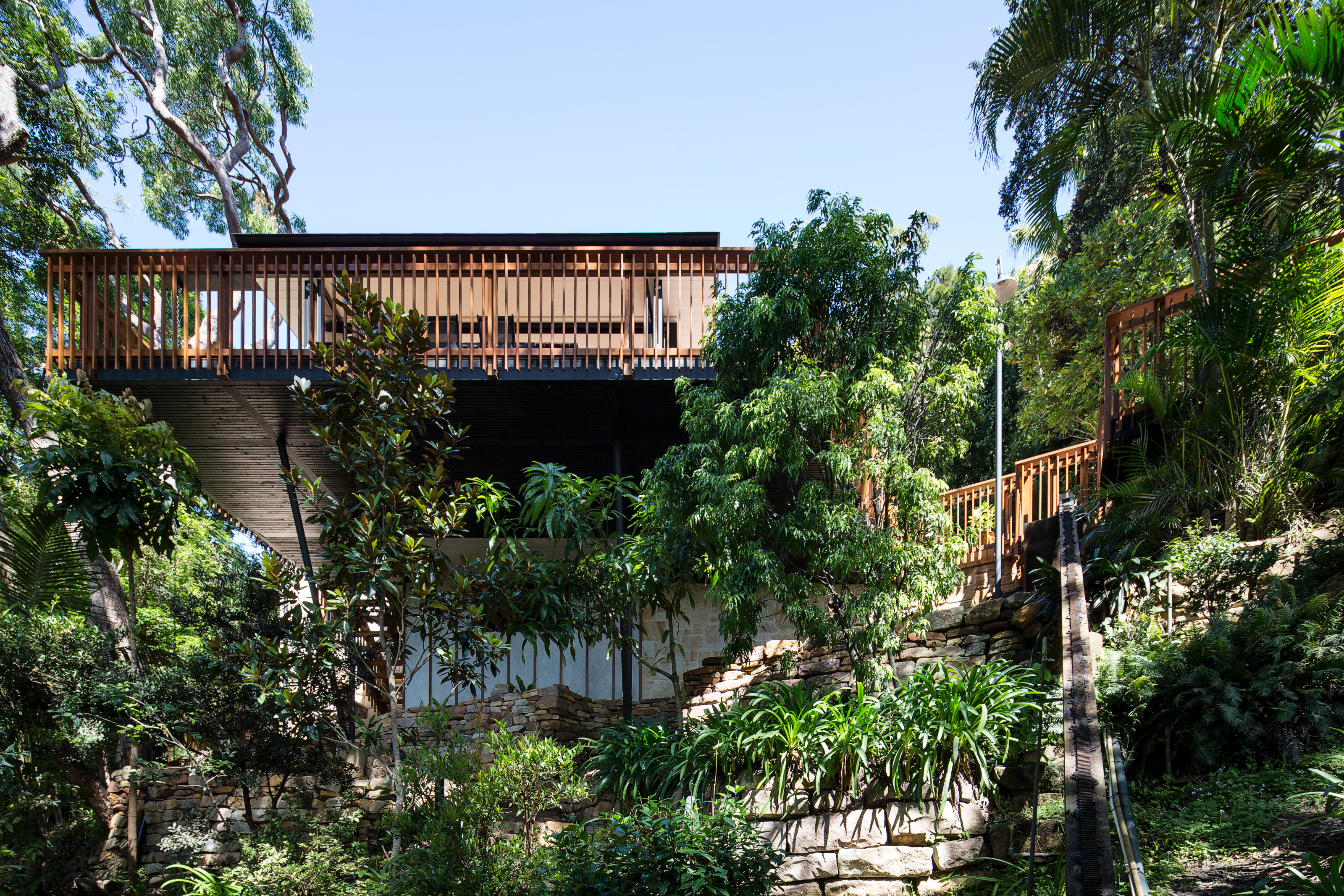
Palm Beach Tree House by Richard Cole Architecture
Explore the verdant Palm Beach Tree House
Palm Beach is set at the northern point of the area, a narrow promontory with lanes that wind up and down the hillside, with villas of varying sizes set back behind thick vegetation. This project by local architect Richard Cole Architecture is a radical transformation of an existing cottage into a family holiday home. Severely damaged by storms, the original building was substantially upgraded, whilst preserving the impressive site and increasing the connection between inside and out.
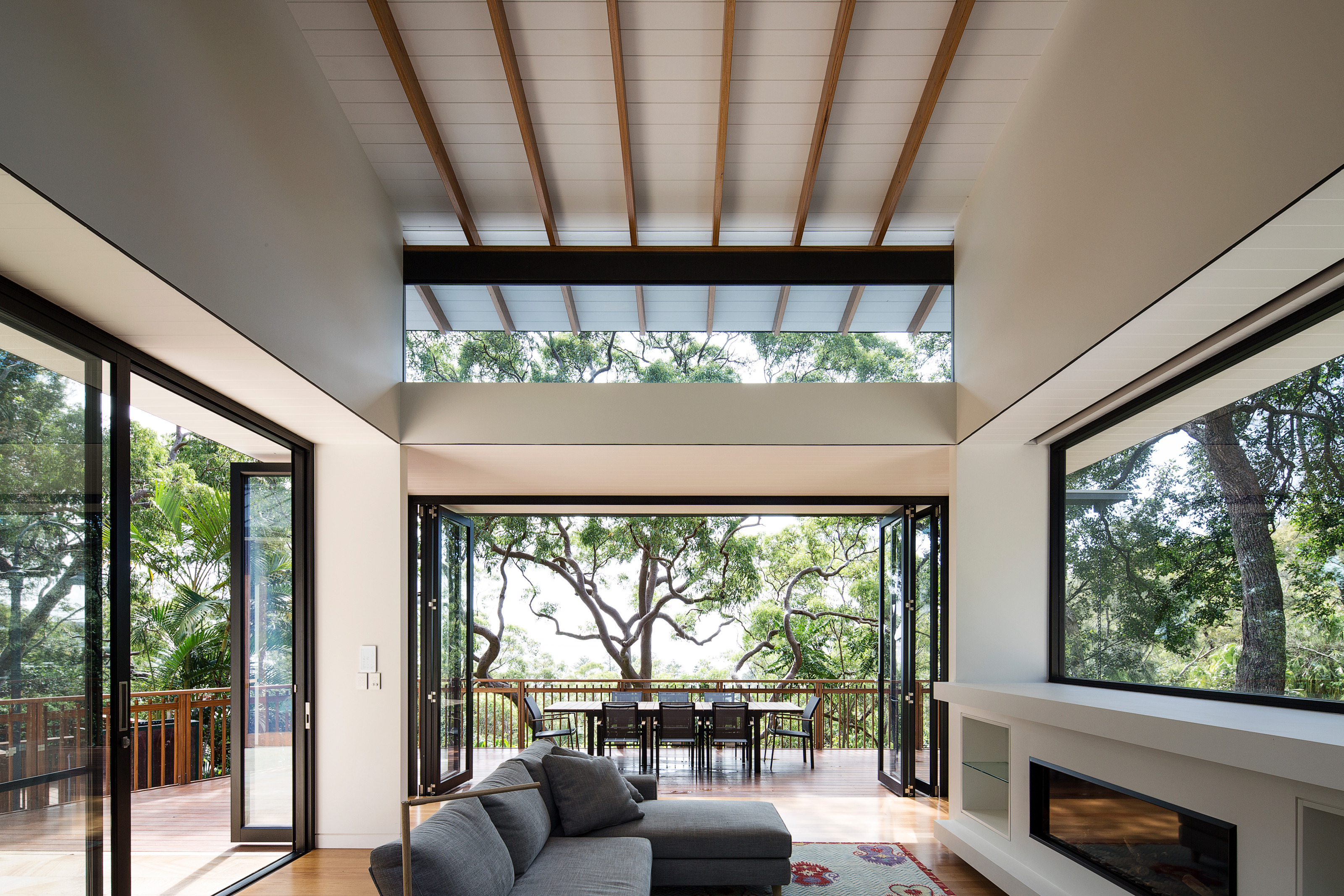
Palm Beach Tree House by Richard Cole Architecture
The architects retained the existing plan but extended the floor area out towards the east, oversailing a new canopy roof across the new structure. This had the benefit of opening up the living spaces towards the Pacific and also giving a deeper connection to the old growth forest on the surrounding hills to the north and west.
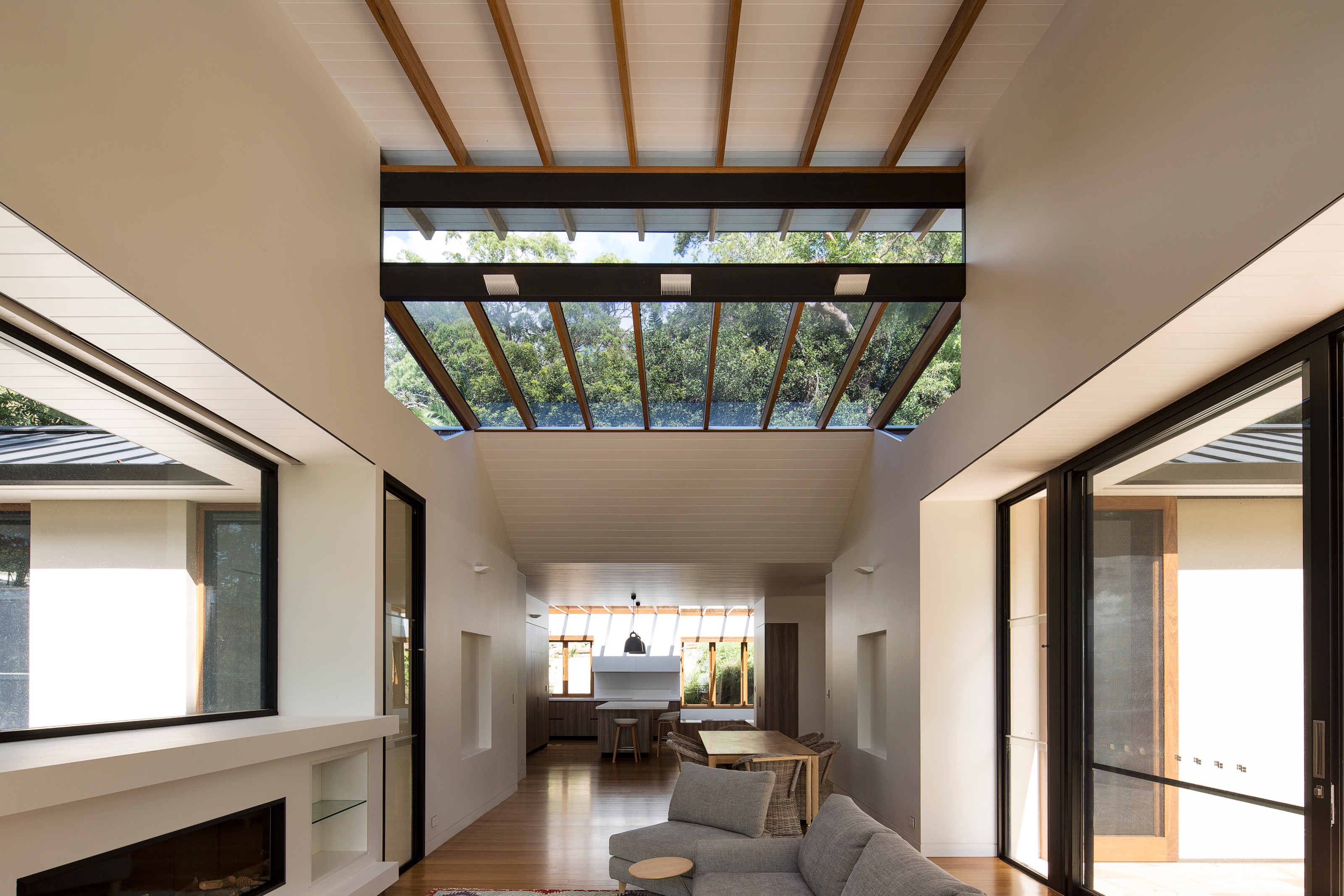
Looking back into the main house
‘The starting point was the existing cottage, which had a sandstone base and masonry walls, but which was very internal and dark,’ says Cole. ‘It had cramped living areas and did not take advantage of the beautiful bushland site. The renovation opened the building to the light and the views.’ A substantial deck reaches out into the trees, with the narrow vertical wooden slats standing in contrast to the twisting tree trunks.

The kitchen at the Palm Tree Beach House
The architects had a straightforward brief. ‘The house was a place for the family to come together, so it had to have generous, open communal spaces, flexible accommodation for many and be simple to clean and maintain,’ says Cole. ‘The new house also had to be accessible, so that both elderly grandparents and small children could use all the spaces, despite the steeply sloping site.’ Even though the original sandstone base was retained, the house feels much larger thanks to new openings to decks and terraces.
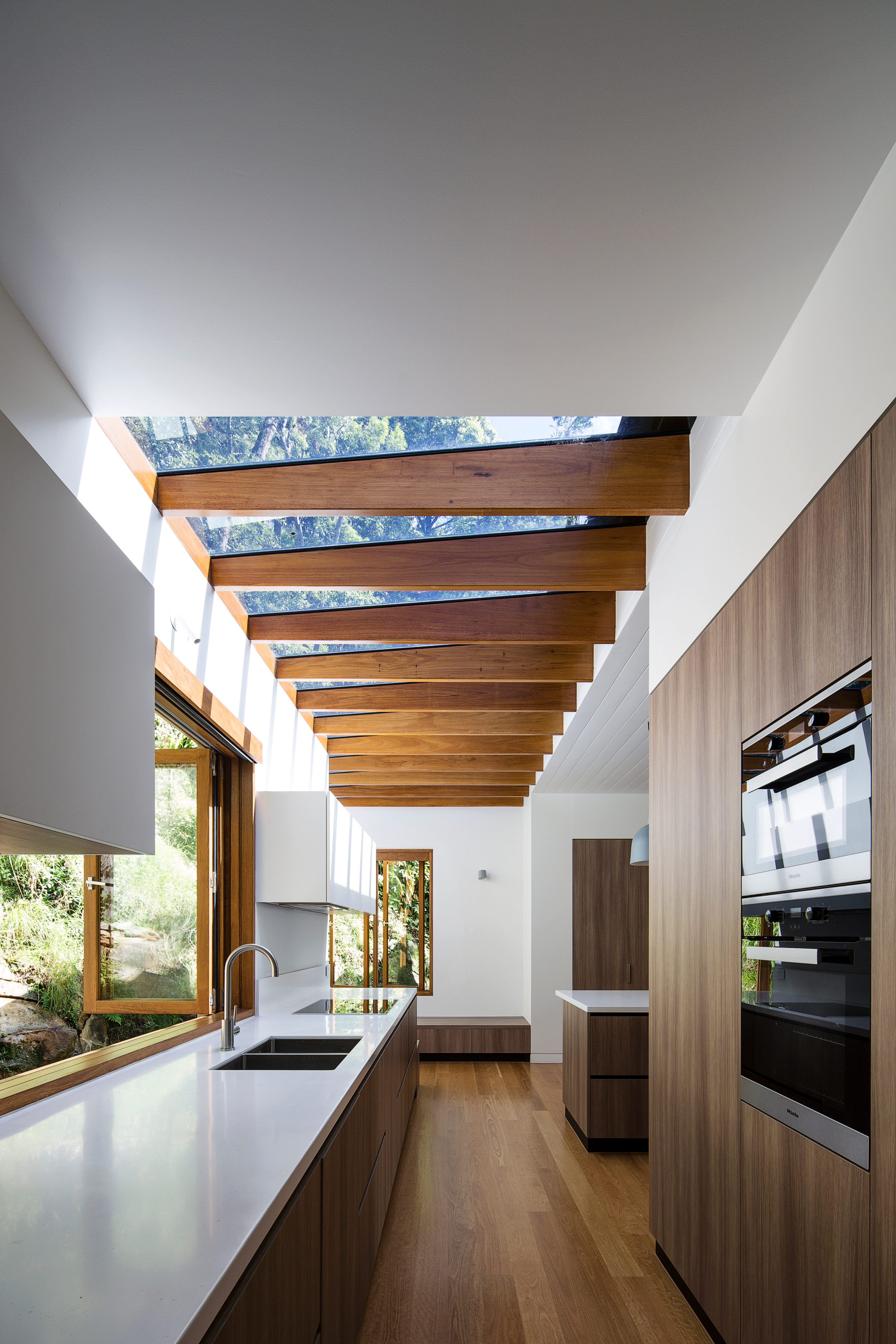
Palm Beach Tree House
‘The essence of the house is simplicity,’ Coles emphasises. ‘Beach holidays are uncomplicated and largely lived outdoors when possible, so the house facilitates this with modest spaces and facilities. A compact plan allows the family to spend time together rather than cleaning.’ The layout exploits some of the compromises inherent in holiday accommodation, with bedrooms that open directly off the main communal living areas. ‘It's something which would not generally be acceptable in a permanent home, but which brings a sense of everyone bunking down together when on holiday,’ the architect says.
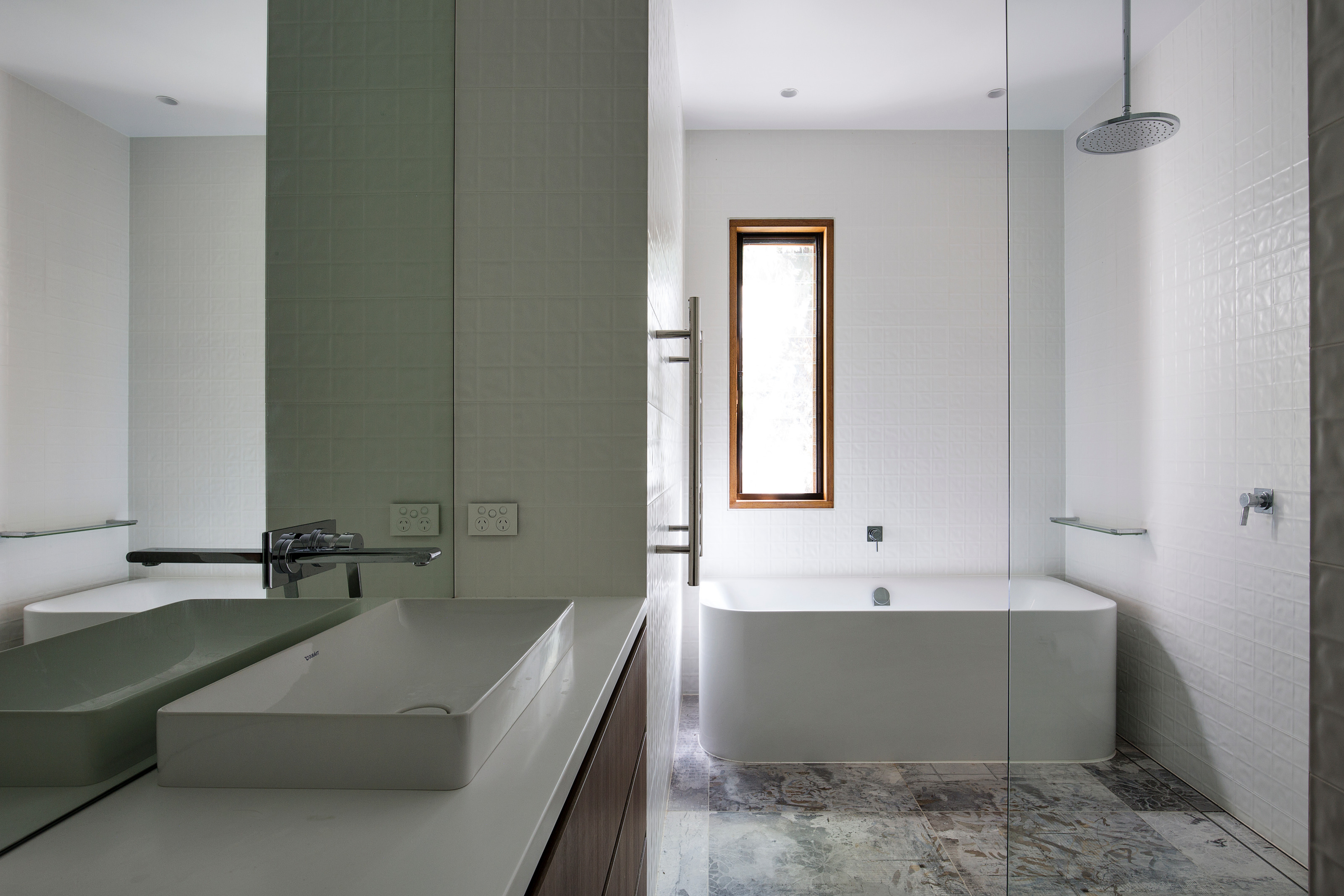
The simple interiors reflect the house's use as a low maintenance holiday destination
Timber floors and cabinetry are set against simple white walls and large expanses of frameless glass, both for the windows and the folding doors onto the various outdoor spaces. A high ceiling in the main living space emphasises the house’s elevated position, with tree trunks and leafy canopies visible through low and high-level windows.
Wallpaper* Newsletter
Receive our daily digest of inspiration, escapism and design stories from around the world direct to your inbox.
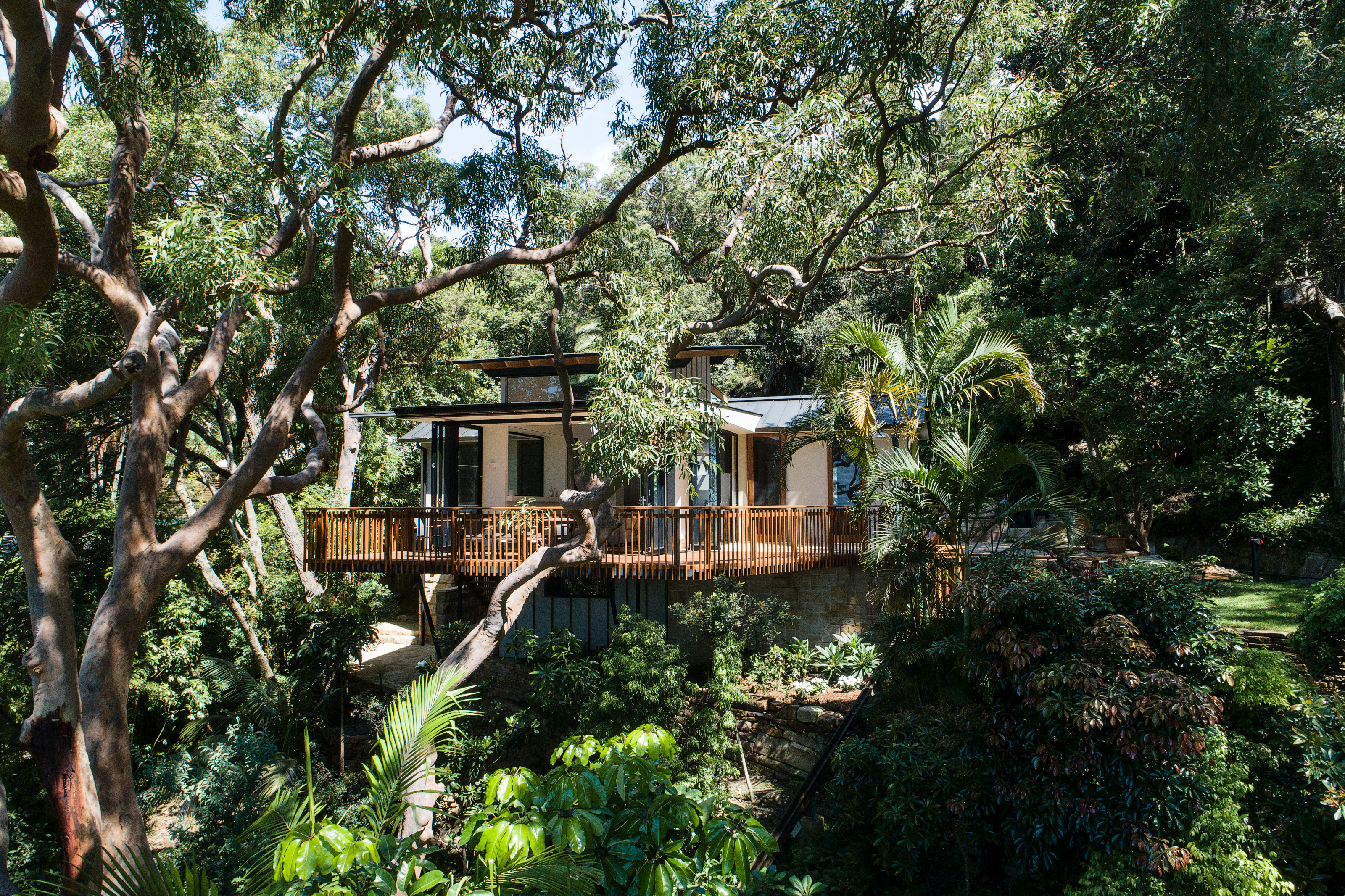
The Palm Beach Tree House overlooks the canopy
Richard Cole set up his Avalon Beach studio in 1998, after working for a number of Australian practices, including Hassell Architects and Peter Stutchbury. ‘The architect’s role is to enable an optimal resolution of the client’s needs within their parameters,’ the studio states. ‘Our aim is to bring to this process an excellence and rigour in design, documentation and construction.’
RichardColeArchitecture.com.au
Jonathan Bell has written for Wallpaper* magazine since 1999, covering everything from architecture and transport design to books, tech and graphic design. He is now the magazine’s Transport and Technology Editor. Jonathan has written and edited 15 books, including Concept Car Design, 21st Century House, and The New Modern House. He is also the host of Wallpaper’s first podcast.
-
 Extreme Cashmere reimagines retail with its new Amsterdam store: ‘You want to take your shoes off and stay’
Extreme Cashmere reimagines retail with its new Amsterdam store: ‘You want to take your shoes off and stay’Wallpaper* takes a tour of Extreme Cashmere’s new Amsterdam store, a space which reflects the label’s famed hospitality and unconventional approach to knitwear
By Jack Moss
-
 Titanium watches are strong, light and enduring: here are some of the best
Titanium watches are strong, light and enduring: here are some of the bestBrands including Bremont, Christopher Ward and Grand Seiko are exploring the possibilities of titanium watches
By Chris Hall
-
 Warp Records announces its first event in over a decade at the Barbican
Warp Records announces its first event in over a decade at the Barbican‘A Warp Happening,' landing 14 June, is guaranteed to be an epic day out
By Tianna Williams
-
 Australian bathhouse ‘About Time’ bridges softness and brutalism
Australian bathhouse ‘About Time’ bridges softness and brutalism‘About Time’, an Australian bathhouse designed by Goss Studio, balances brutalist architecture and the softness of natural patina in a Japanese-inspired wellness hub
By Ellie Stathaki
-
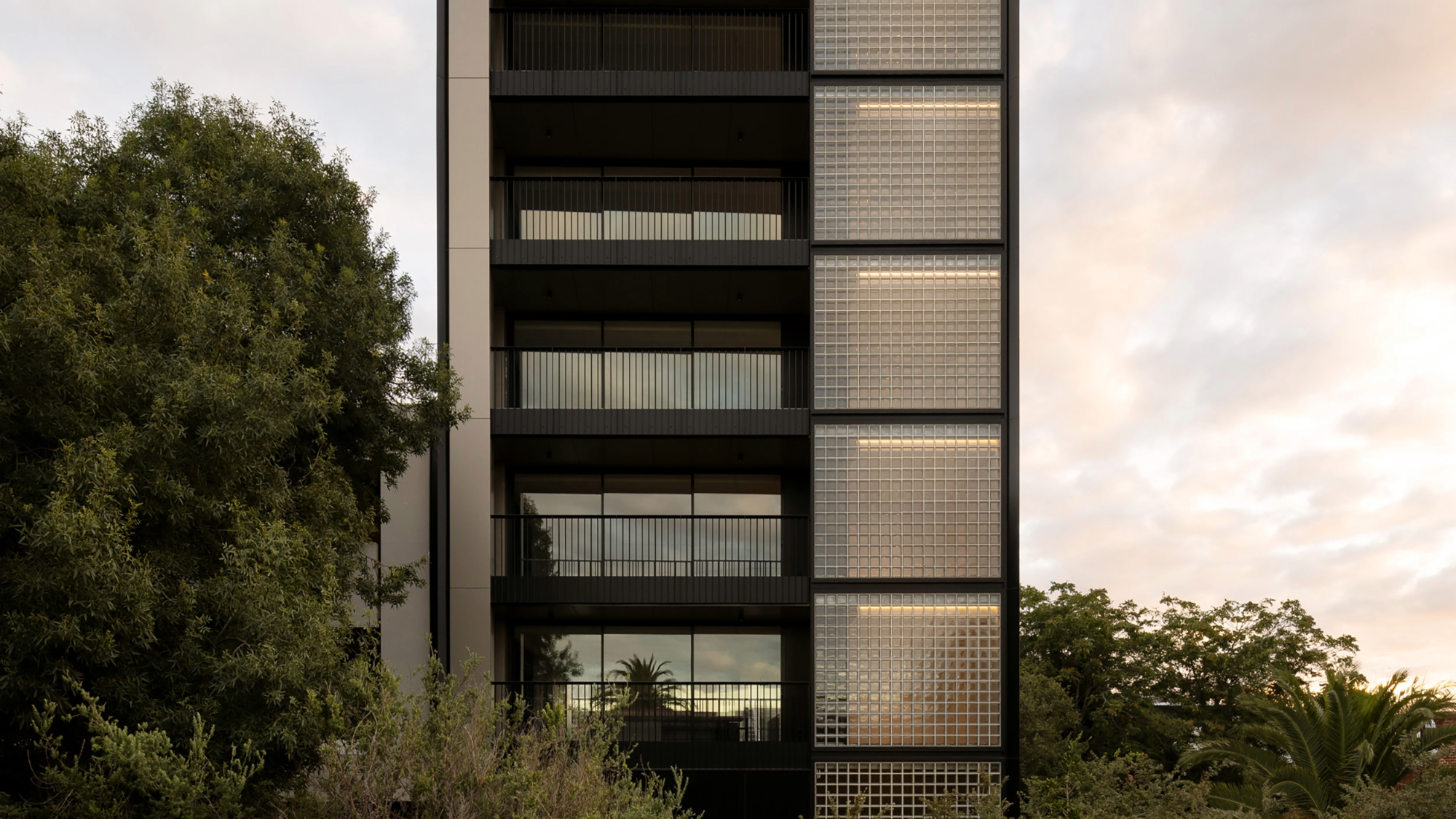 The humble glass block shines brightly again in this Melbourne apartment building
The humble glass block shines brightly again in this Melbourne apartment buildingThanks to its striking glass block panels, Splinter Society’s Newburgh Light House in Melbourne turns into a beacon of light at night
By Léa Teuscher
-
 A contemporary retreat hiding in plain sight in Sydney
A contemporary retreat hiding in plain sight in SydneyThis contemporary retreat is set behind an unassuming neo-Georgian façade in the heart of Sydney’s Woollahra Village; a serene home designed by Australian practice Tobias Partners
By Léa Teuscher
-
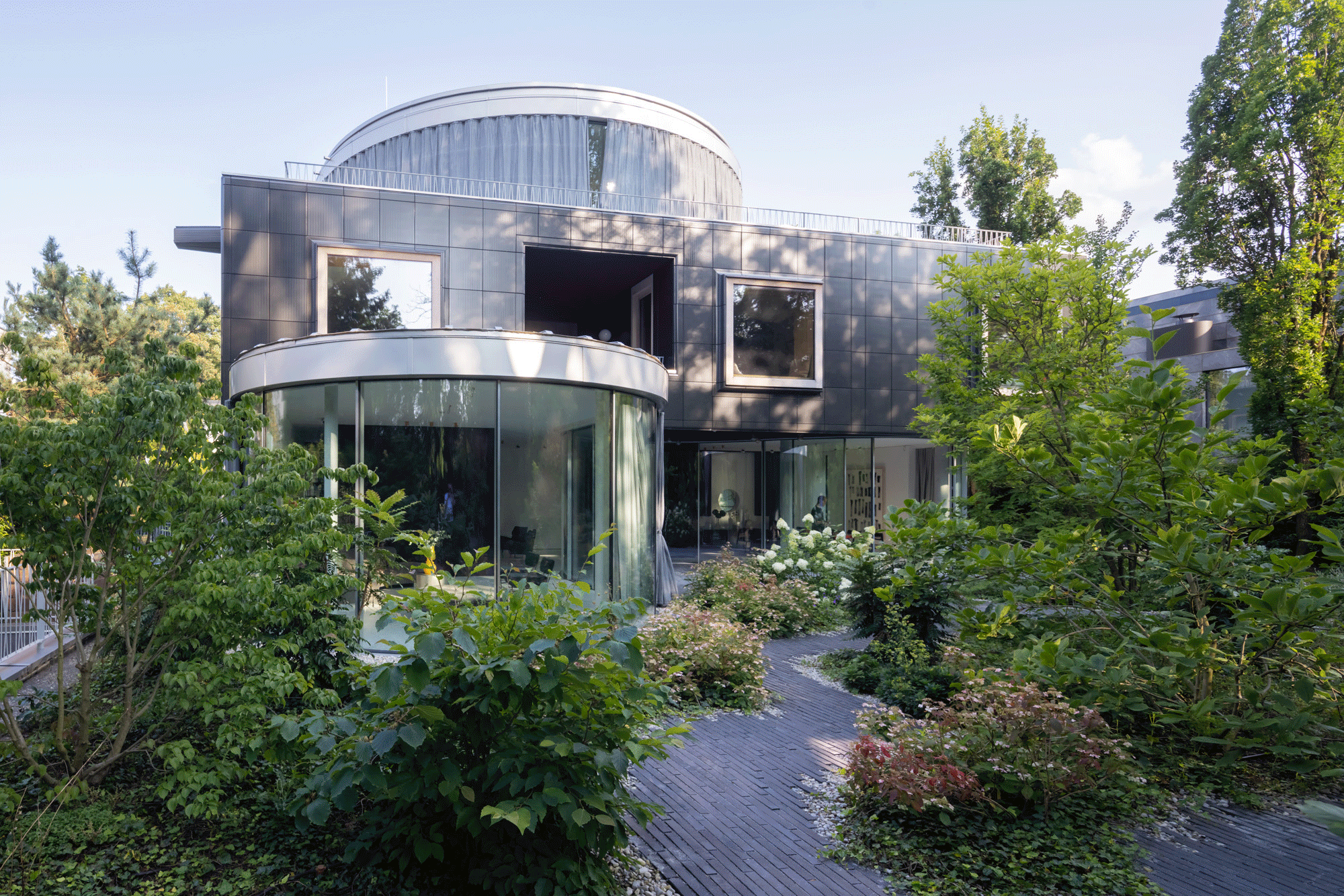 Join our world tour of contemporary homes across five continents
Join our world tour of contemporary homes across five continentsWe take a world tour of contemporary homes, exploring case studies of how we live; we make five stops across five continents
By Ellie Stathaki
-
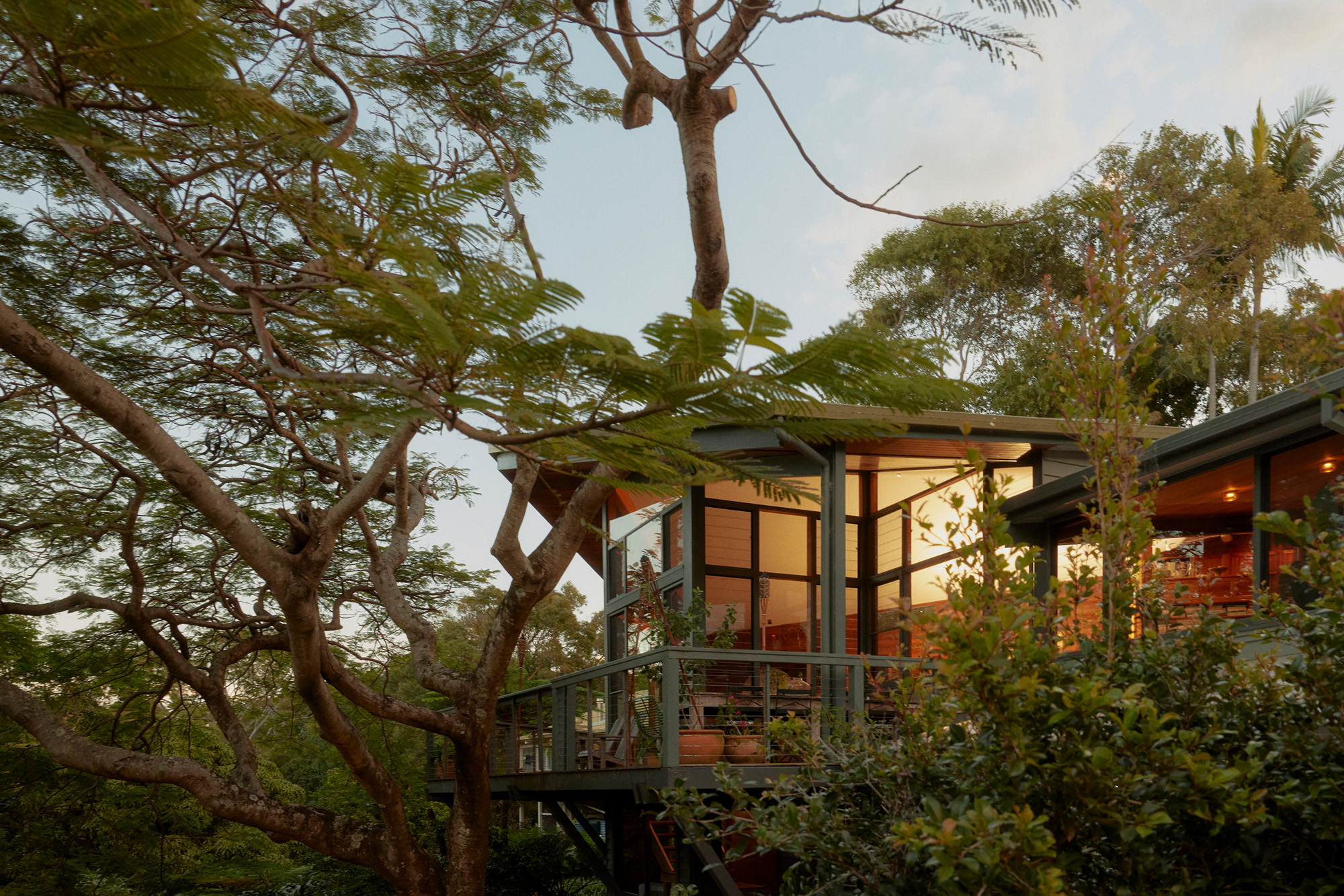 Who wouldn't want to live in this 'treehouse' in Byron Bay?
Who wouldn't want to live in this 'treehouse' in Byron Bay?A 1980s ‘treehouse’, on the edge of a national park in Byron Bay, is powered by the sun, architectural provenance and a sense of community
By Carli Philips
-
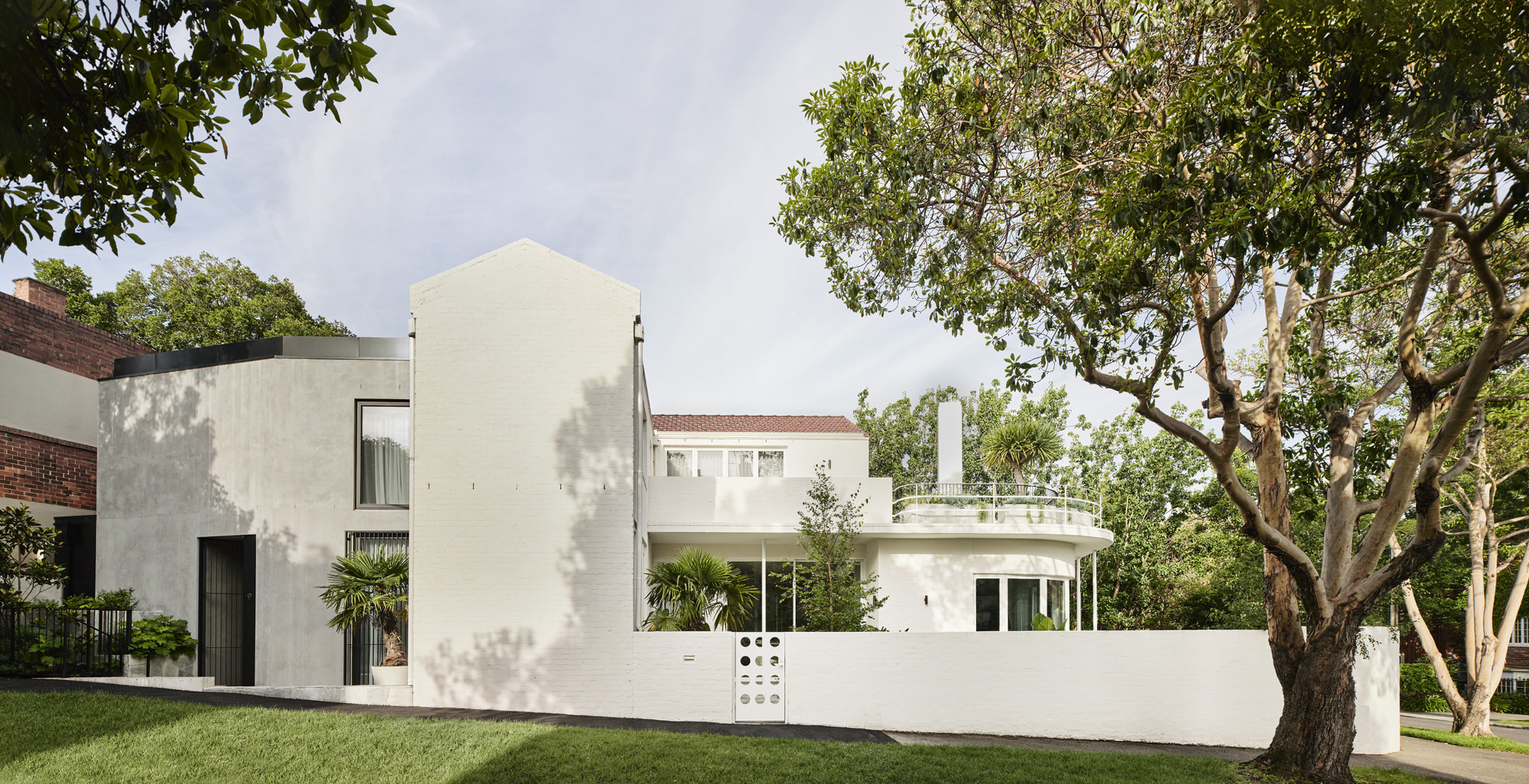 A modernist Melbourne house gets a contemporary makeover
A modernist Melbourne house gets a contemporary makeoverSilhouette House, a modernist Melbourne house, gets a contemporary makeover by architects Powell & Glenn
By Ellie Stathaki
-
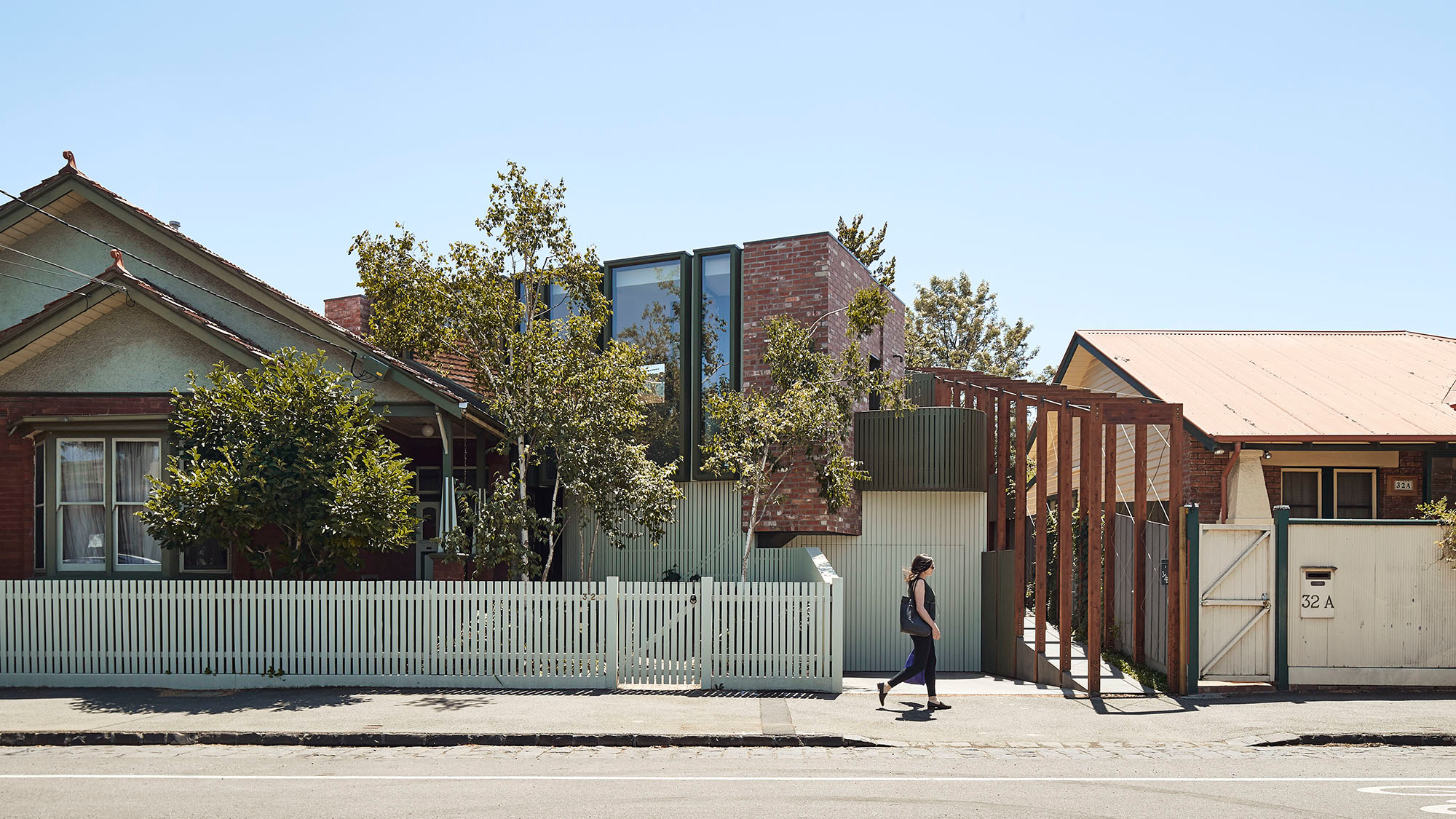 A suburban house is expanded into two striking interconnected dwellings
A suburban house is expanded into two striking interconnected dwellingsJustin Mallia’s suburban house, a residential puzzle box in Melbourne’s Clifton Hill, interlocks old and new to enhance light, space and efficiency
By Jonathan Bell
-
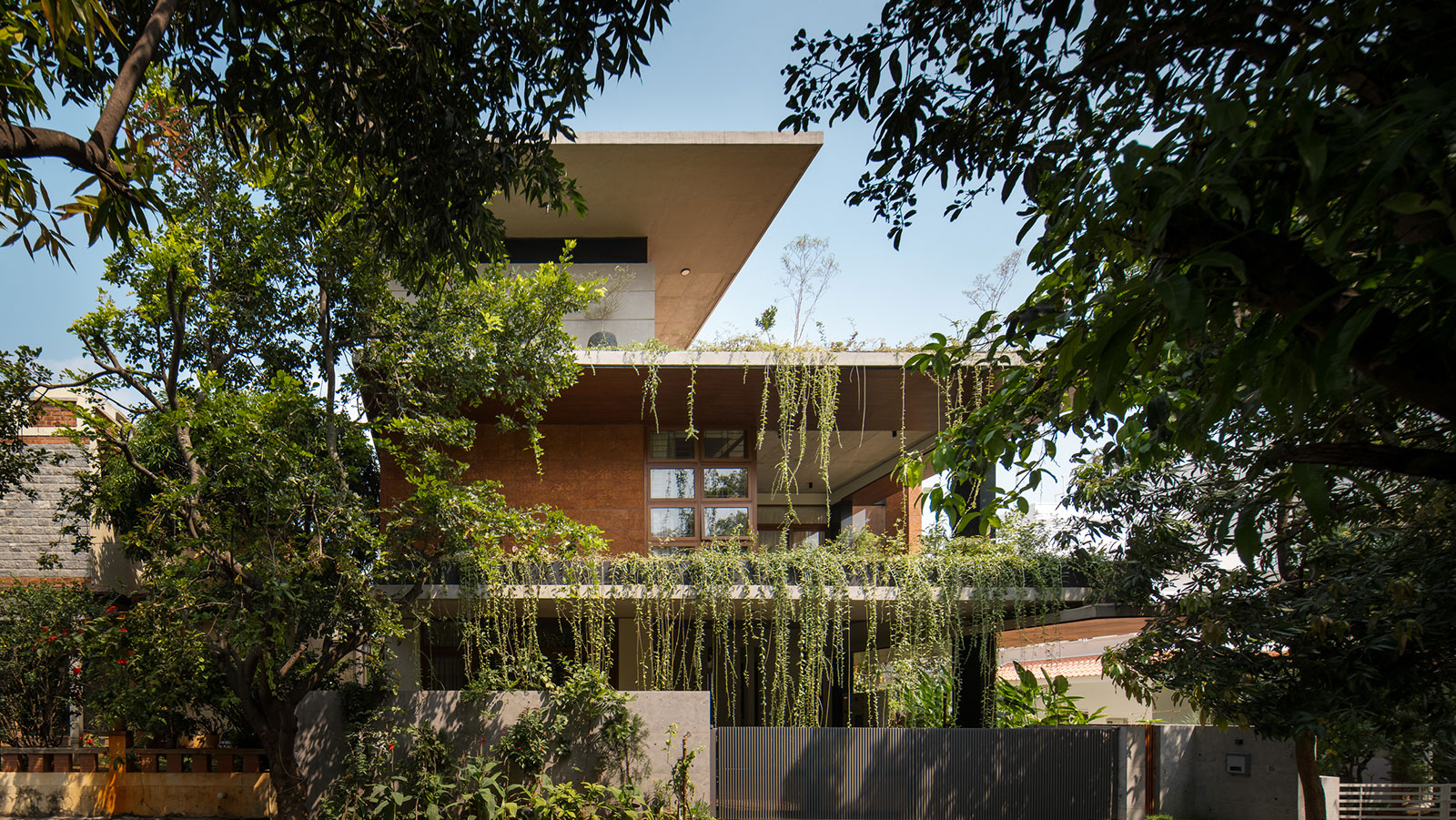 Year in review: the top 12 houses of 2024, picked by architecture director Ellie Stathaki
Year in review: the top 12 houses of 2024, picked by architecture director Ellie StathakiThe top 12 houses of 2024 comprise our finest and most read residential posts of the year, compiled by Wallpaper* architecture & environment director Ellie Stathaki
By Ellie Stathaki